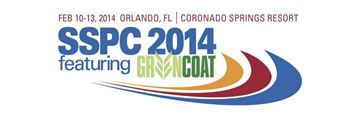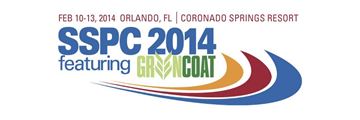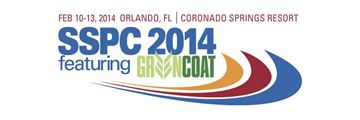Search
Qualification of Coatings for Launch Facilities and Ground Support Equipment Through the NASA Corrosion Technology Laboratory
Also Purchased
Regulatory Update: Current and Emerging Trends in Occupational and Environmental Health
Product Number:
41214-828-SG
Publication Date:
2014
$20.00
Rapid Installation of Replacement Connection Plates on the County of Placer/Foresthill Road Bridge - A Novel Engineered Approach to a Unique Set of Challenges
Product Number:
41214-862-SG
Publication Date:
2014
$20.00




